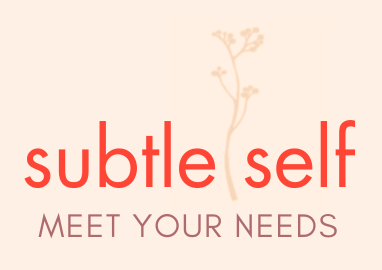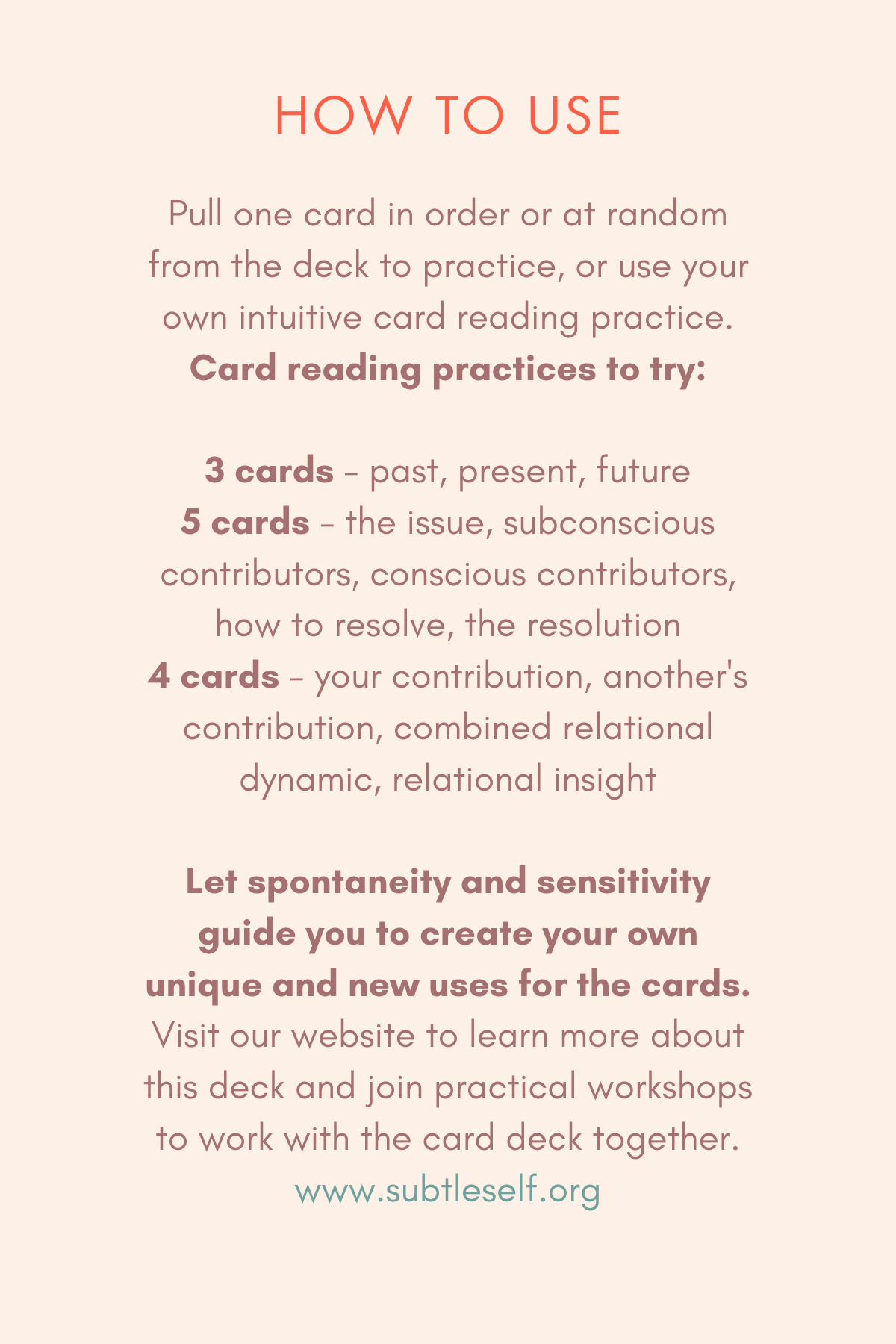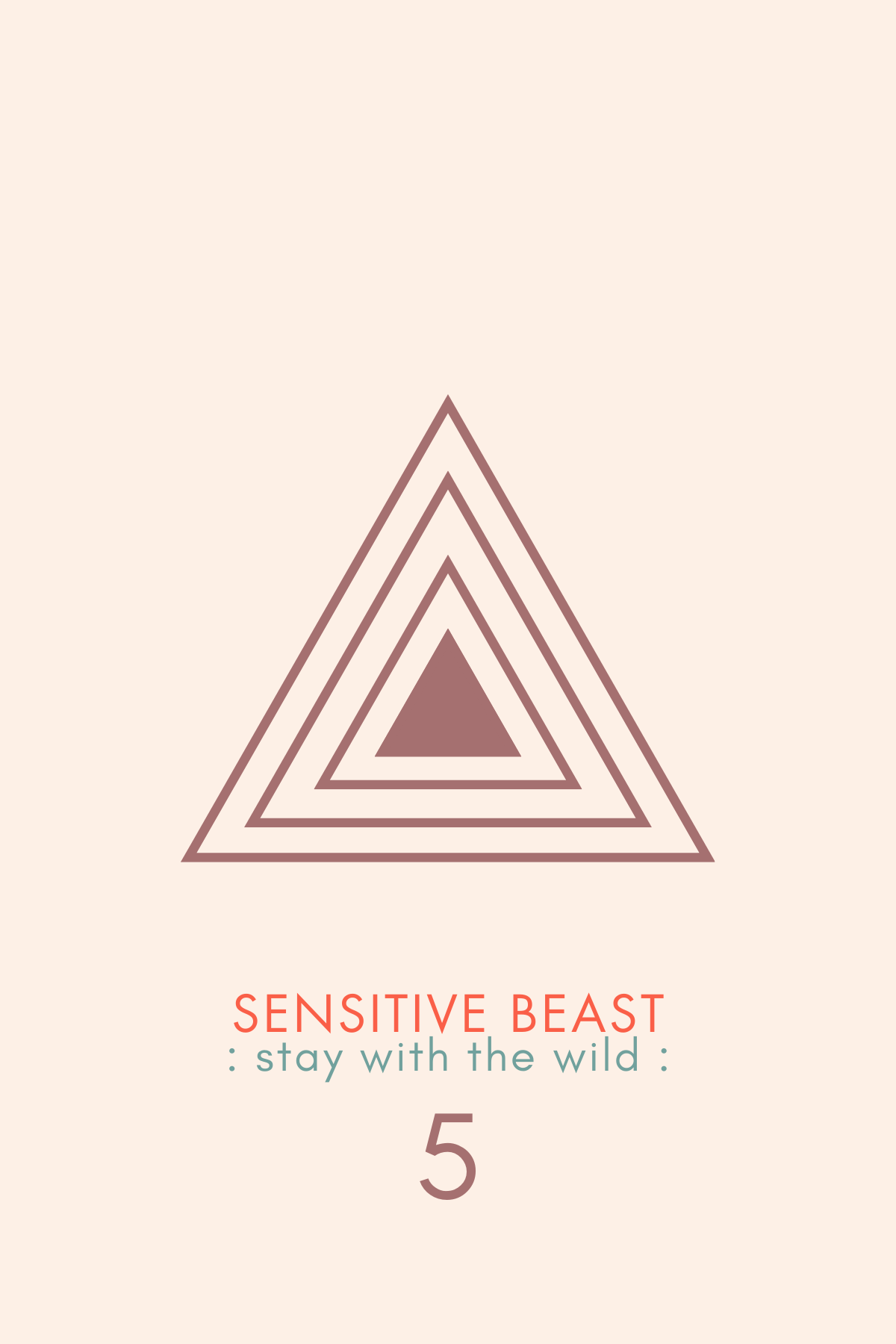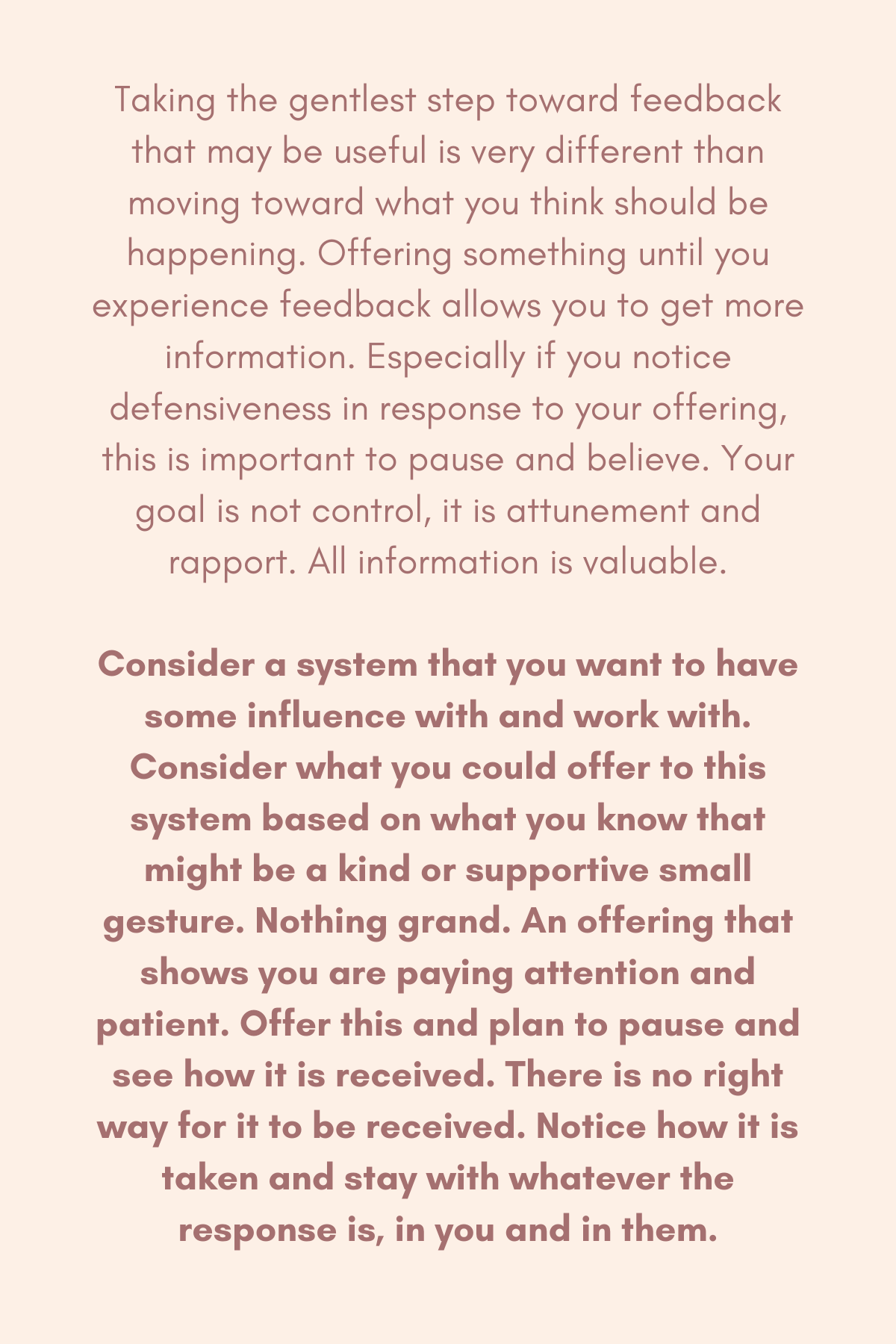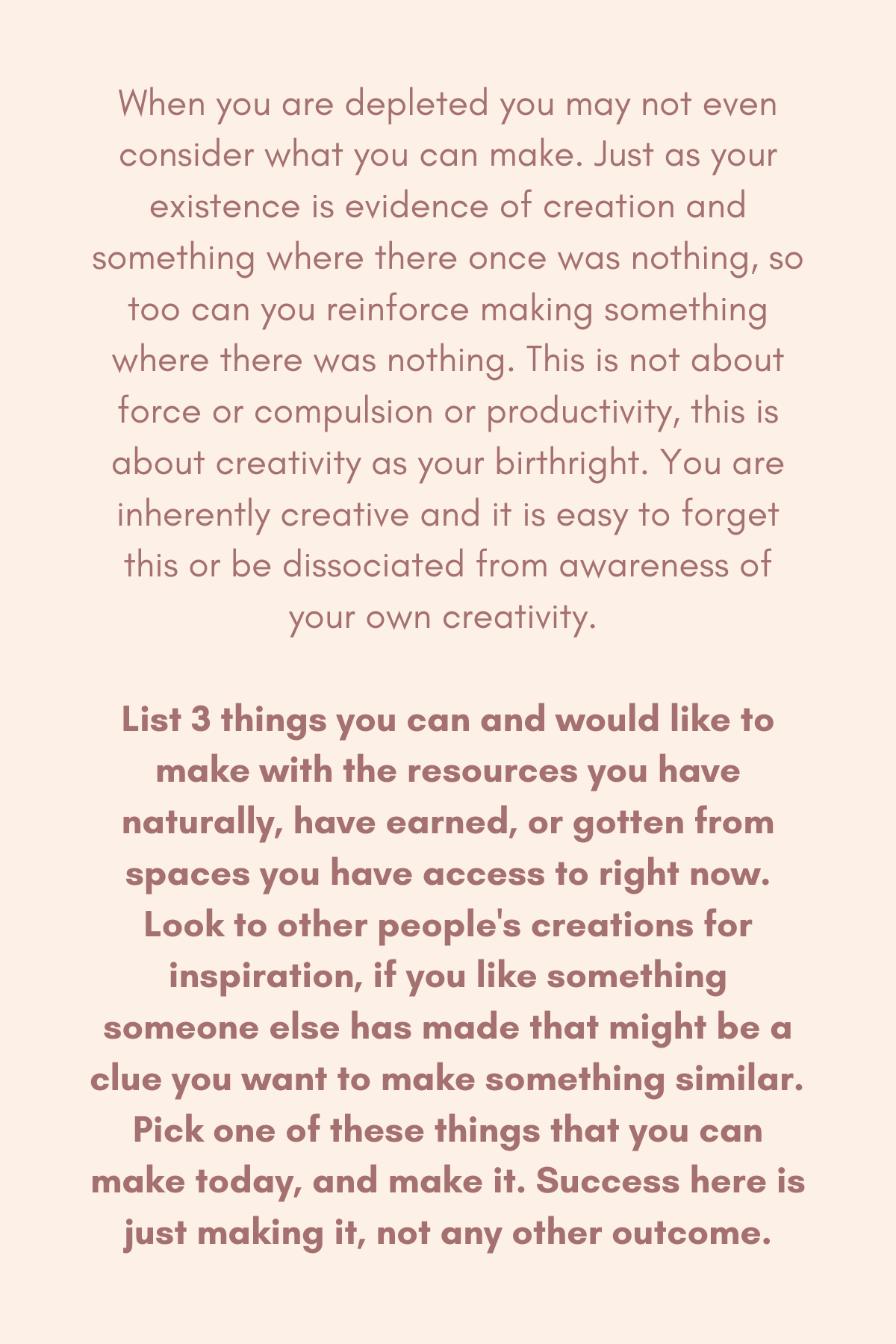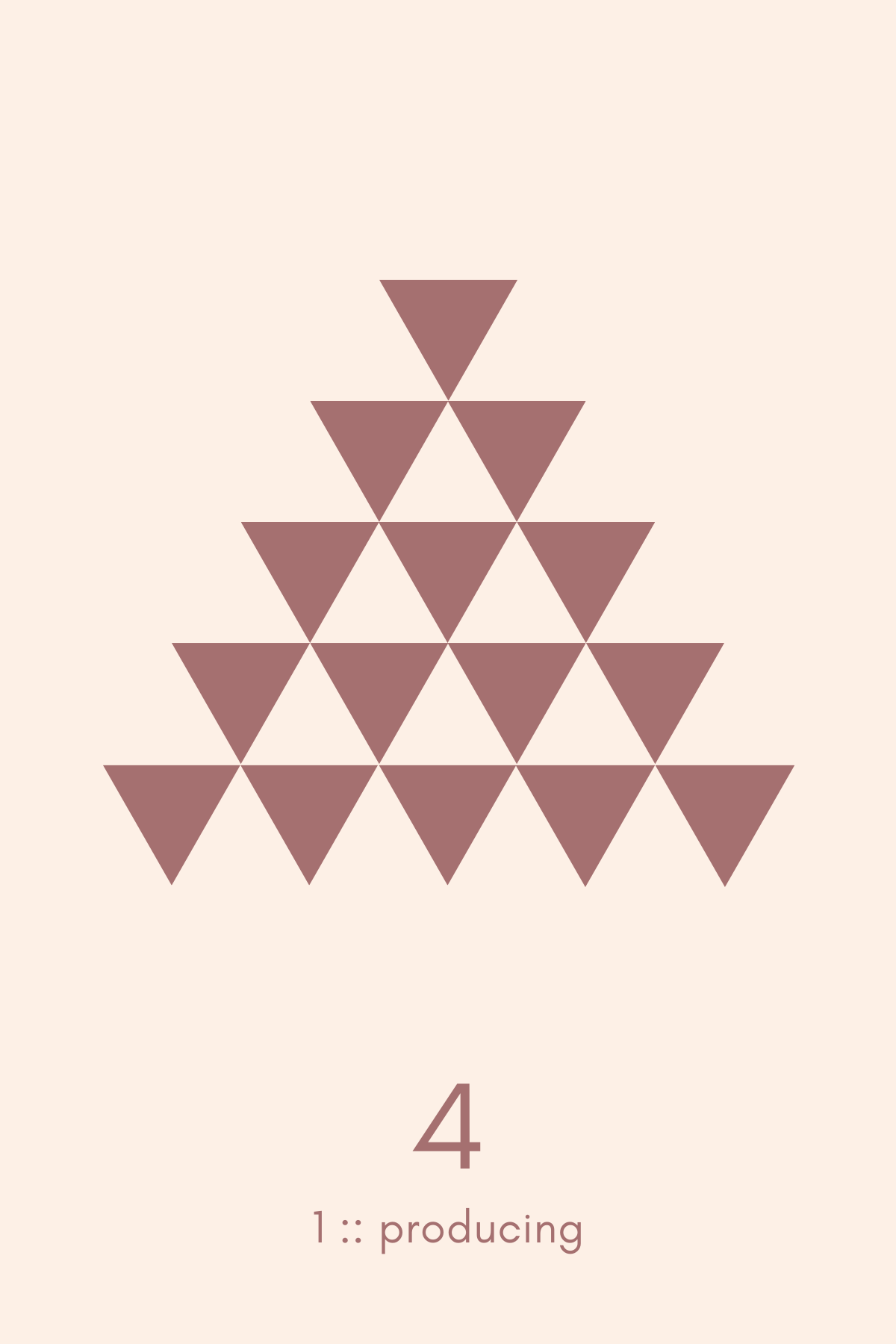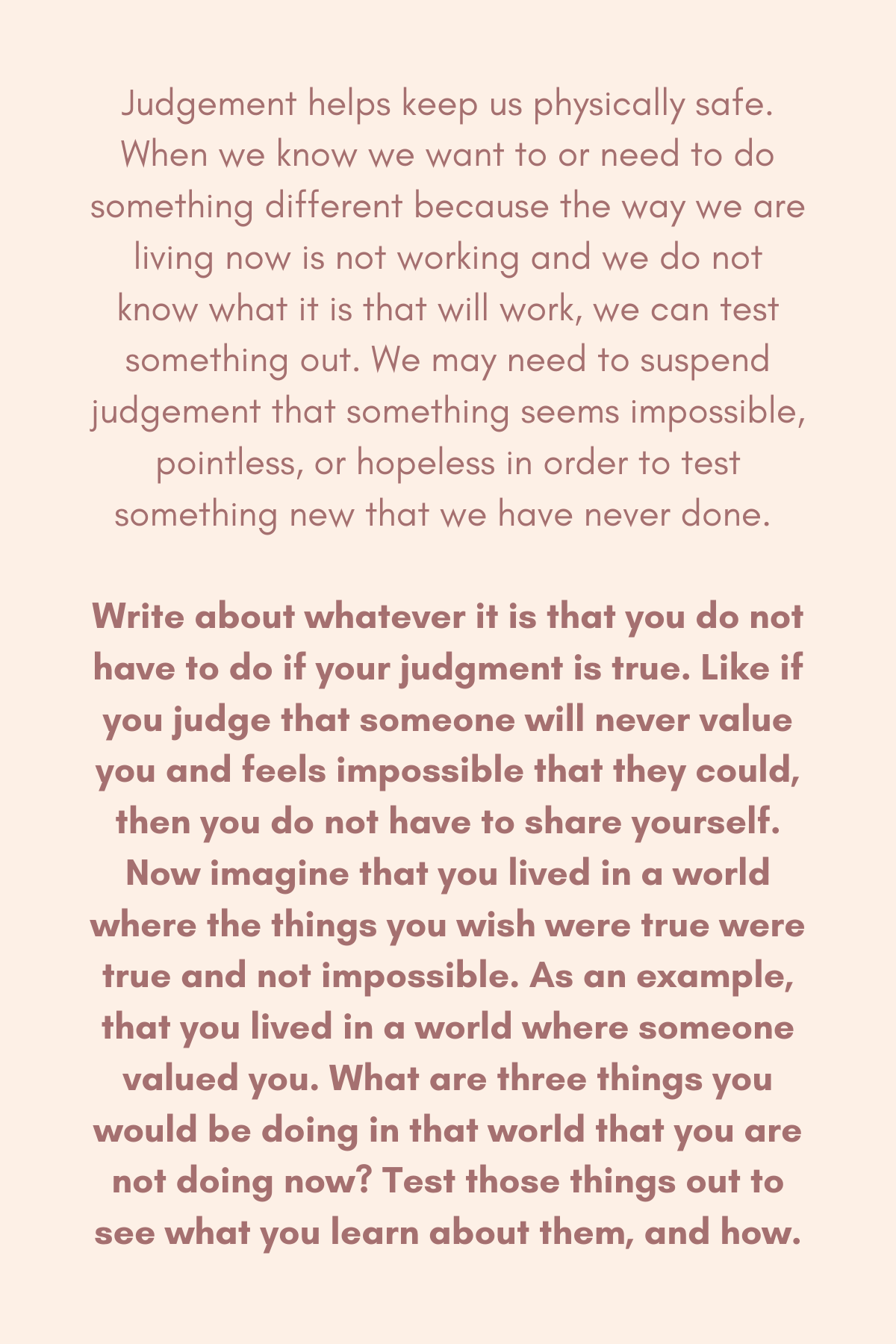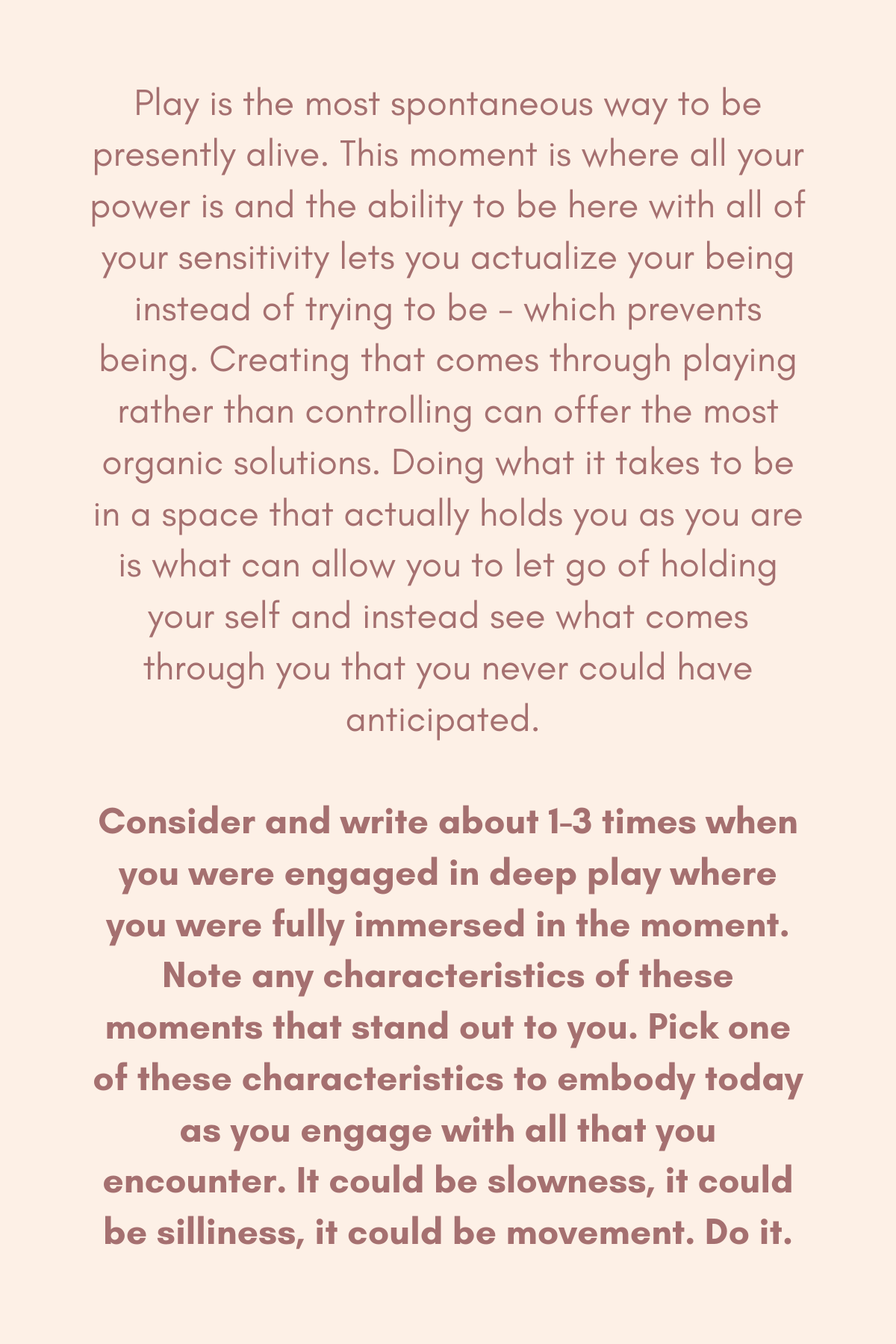Our Practices
The Elements of Sensitivity Card Deck
One tool that can be incredibly practical that you can go through one step at a time is The Elements of Sensitivity card deck that you can see above. Each card has an image, word(s), and description of a practical application. You can see them here and go through them one at a time as you click on the arrows to the right and left of the cards. You can also look over all of them and see which one calls to you and go with that one, by directly applying the associated practical application or by utilizing the spirit of the message and how it may apply specifically and personally in your life. And find your own way to use them.
These cards are cards because they are meant to be mixed and adjusted and adaptive, as well as linear if this is the best way to work with them for you — especially to start with. Please find new and personal ways to use them.
There are physical decks that you can order if you would like a physical copy of this deck to use as your own intuitive card reading practice to come back to any time you need extra guidance with practicing Sensitive Leadership. We provide workshops and explanations of working with the cards and practices contained on the cards. Click here to join in these practices.
Take a look at the cards and see how it goes for you.
Go at your pace with what works for you. Start where you are. Try it out and see what you notice.
We work with a process of Sensitive Leadership.
There is a lot of nuance to leading with sensitivity, a lot of subtlety and movement and flow. And it can also be used quite directly. We recommend first letting your self simply see it and take it in without needing to understand it or believe it or make sense of it. You do not need to agree with it or like it or know what it all means. It is best used like a supportive chair. It can be a comfortable place to sit when you need a rest, or to regroup, or catch your breath, or pause for any reason. So first, just let yourself look at it and consider how it might hold you, see if you’re willing to take a seat in it.
Does it feel like a place you would like to sit? Does it seem comfortable? Stable? Supportive in the places and ways you need support for you and your body? Just let yourself look at it and feel it out before you sit in it, if you do. You might find yourself immediately ready to sit down and rest in it like the first real rest of your life. You might already be letting out a big sigh as you settle in to it with comfort. That happens. You might also be very suspicious of it. You may have been promised a lot of things that were supposed to help you or support you and they may have turned out to fall apart once you put any weight on them or maybe they exploded with your touch or fell on top of you when you tried to get support from them. It is totally fair to be suspicious. Please be suspicious.
This may not be for you and it is ok for you to know that it is not for you and for you to still be welcome here. Please look and explore and ask questions. We hope all of it might bring you closer and closer to you, even if it is not through our work here in this way. And being suspicious does not mean this cannot or will not be for you. It could be and if it is it will be at your own pace. It will need to be at your own pace. Please do not try to force this. The urge to fix is real and it is strong when we are not oriented in our selves. This model will not fix you. This model could support you. This work in this model is inherently at your pace and it cannot happen without your own pacing. Everyone’s pace is different. No one can lead with their sensitivity better than another. This is not competitive or comparative. Leading with your sensitivity is not something someone else can dictate to you. We offer this as a space to possibly hold you and we offer it knowing that you may never really have been held before, and you have likely been hurt when you needed or tried to be held. So we just want to make it clear that even your suspicion can be held here. We welcome your suspicion, anger, pain, reservations, questions, concerns, defenses, fears, and hope that you will too. We also welcome your input about how this could be more supportive to you if there are some areas where you are not feeling supported and think you could be. Please use our Feedback Form if you have suggestions. And as a very firm, yet gentle, reminder :: curiosity and slowness are two essential needs for sensory sensitive bodies.
We intend to make space for all of you.
Sensitive Leadership starts with transcendent needs and distills down to physiological needs as resulting from working to meet one’s needs progressively through sensory sensitivity.
Much harm has been done by not believing that transcendent, self-actualization, and aesthetic needs are real or that they must really be met first and in that order before being able to meet other needs. Many people have been told to “bloom where they are planted” and sensory sensitive orchid children need to go where they can get their needs met to bloom. Many sensory sensitive people have been hurt by trying to focus first on physiological needs or even trying to access their physiological self before their transcendent self. This forces masking and adapting for a sensory sensitive being to prioritize physiology first without guidance from transcendence or against transcendent information and guidance. This will then force addiction, dependence, compulsivity, overworking, fawning, and generally trying to please the environment as a way to experience safety. Our About Us page goes more in depth on who we are that made and benefit from these practices and why. This model may feel completely different or even wrong compared to what you have been taught or believe to be true about you or your life. That is important to notice your own reactions and responses to this information. And whatever you notice is welcome here. Again, just let your self look and take this in at your own pace. There is time for you. This is your time.
This is a general overview of this model and some important ideas to consider. How to apply them takes practice and can be done in a variety of ways. We offer some specific practices and some that can be customized to you. You can find free practices at S3, community practices at S2, and education that goes more in depth about this at S1. S4 and S5 are small group practices that can be on-going and intensive depending on your needs, see Our Services to find out more. You may also discover your own way to apply this information and we welcome you making this yours. Please share your unique applications and expand upon supports and resources available for all.
Click below to read about each of the 8 distillations or levels in the Holarchy of Subtle Needs.
-
Transcendent needs are about neutral energy moving, all the time, as fundamental to what life is. This is where we start. This is a holarchy because transcendence encompasses all. And through that transcendence any and every thing can come into a more dense, physical form…and that dense, physical form can also disperse into a more subtle energetic form. The distillation process of the subtle to the dense is the process we will work with. The transcendent is the most subtle aspect of energy where it has the most potential and the least density. You can think of it as the tiniest water molecules dispersed in the air that can also come together to form a water droplet that becomes more dense and drops to the earth. That water that falls to the earth can then evaporate and become subtle again after being more dense. Sensory sensitive individuals’ transcendent needs are to be able to sense what is, neutrally and without pressure. To be able to experience energy as energy moving immediately in this moment that has never happened before rather than judgement of what should or should not be happening.
Simply by virtue of theories of development and models of what is seen as normal for humans, many sensory sensitive individuals have not been taught or supported in sensing what is. Their reality and needs for their bodies have not been centered as theirs, rather other perspectives and ideas about where to start have been centered and that has often hurt sensory sensitive bodies. It is also important to consider that all life exists together, and human life is a facet of all life, and sensory sensitive humans are a facet of human life. And this model of the Holarchy of Needs considers that sensory sensitive life is an important part of all life and that all life can be supported through inclusion and embracing sensory sensitivity and sensory sensitive beings. Some beings are more fluid by nature, not by pathology or as a temporary state. Some beings have an essential self that is more moveable and moving, more affected more easily and can also affect more easily. Some nervous systems are regularly taking in a lot and that affects all aspects of that human’s development. Just as we use the term “weather” to identify a phenomenon in nature, so too do we use the term “rock” to identify a phenomenon in nature. Weather and rock are both natural parts of existence and may have some similar attributes and also different attributes. While both may evolve and move and change, one may do so in a pace that appears more rapid—more subtle—and another may do so in a pace that appears more slow—more dense. We do not apply expectations for rocks to expectations for the weather, nor vice versa. Sensory sensitive humans can learn to meet their transcendent needs through letting go of expectations that do not serve their nature, and allowing for themselves to meet their subtle, fluid, changing needs related to their very real experiences with starting with transcendent sensing that cannot and does not need to follow the more dense attributes of physiological needs for those who are generally more dense or hardy in constitution and nature.
Sensing a high volume of energy and information can be worked with in a supported way that validates this experience as real and also values sensory trauma as real, including relational and attachment and complex trauma that can result from not having one’s nature seen or valued as real socially. The human development reality of someone sensing in this way and existing in this body from conception, to birth, to childhood—and is not caused by trauma in this individual’s lifetime—means that this is a human development of a nervous system that is often flooded with input. Meeting sensory sensitive subtle needs starts with here and now, today, and also goes back into conception and previous generations to validate the patterns and processes of intergenerational understanding and working with sensory sensitivity. Trauma is more likely in sensory sensitive humans and sensory sensitivity is not trauma itself. Though, hypervigilence may result from trauma and increase one’s reactivity and sensitivity to their environment. We make a distinction between neutral sensing as a responsive experience of aliveness (that can be neutrally sensing a high volume of input) and reactivity that is an automatic process of defense related to inflammation and injury.
Sensory sensitive individuals are often injured. The injury is distinct from the sensory processing. Yet, they interact and are interrelated. The ability to neutrally sense information will be mediated by injury and disability. This is a refining process, not a perfect process. This is harm reductive, not fixing. The ability to exist in such a hypothetical space as the transcendent by default can increase the ability and likelihood for dissociation from physical embodiment by default. The more trauma one has experienced, the more challenging it may be to distill transcendent information neutrally into the body. There is no one right way to do this. Meeting these needs is fundamentally subjective and based on each individual. And there are useful strategies that may allow sensory sensitive humans to better identify and understand their own processing so that they can make more informed decisions, including decisions to experience targeted discomfort that may allow them to increase their ability to self-actualize.
Transcendent needs are also about believing the neutral sensory input one encounters, truly raw data, so that it can be brought into self-actualization and aesthetic needs to support growth and evolution with transcendent visions that come from what is in the freshest way rather than only operating from what has been. Creating from this current awareness is a very different process than creating from existing constructs.
-
Self-actualization needs are about realizing one is having the overwhelming experience of sensing because one exists in a body and fundamentally must be the central director of this body. The existence and validation of the sensing of the body is often missed as a tricky part of the sensing itself. Our ability to stay disembodied through our sensing allows us to forget, distance, judge, and attempt to control the body. It can be very tempting to determine that bodies are bad and need to be controlled because of what we feel when we are in them. It can easily be determined that feelings are bad and are to be avoided because of what happens when we feel. Feelings can be a lot to process, and especially without guidance or intentional co-regulation of a more maturely developed nervous system with new nervous systems taking in a large volume of information at a very young age without more brain development. And that is all amplified by trauma, especially the developmental trauma that may be happening directly with the adults in a sensory sensitive child’s life who are not attuning with them. Social systems can and do affect nervous system and brain development significantly because of the ways in which our physical survival depends so much on those immediately around us, especially as baby bodies in the world who depend entirely on others for their care and getting needs met at all. Sensory sensitive bodies accurately sense that they are at risk due to social constructs that may already be harming them, this is all the more reason to avoid embracing one’s bodily existence.
Meeting self-actualization needs is a process of slowly and fully realizing that you are the central authority on you, on your body. It is also the realization that all that you are aware of and sensing and experiencing is happening because of your body. Your body is the reason for your sensing and your vulnerability, because you are actually alive in a temporal and physical body of matter. What is physical can be harmed, has likely already been harmed, and it can also respond with power and influence. The physical can shape and interact with the physical.
You will certainly need and benefit from care and support. No one can know better than you what your subjectivity is and yet you need others to support you in knowing your own subjectivity and valuing it. Those who seek to support you need to also care about your subjectivity and believe in it as real. Your feelings matter, they are not irrelevant for how life goes. And your directing your body is your owning your power in physical form.
-
Aesthetic needs are about honoring what is beautiful for you as a next step after you sense what you sense in your body. Beauty can be anything that has an aesthetically pleasing quality to you. Whatever feels beautifully satisfying to you is your vision for your self in the world. And you can believe it.
Visions are not physiological realities, but they are real as visions. Allowing yourself to value your dreams, your perspective, your fun, your pleasure, and your fantasies as such is what can allow you to use those visions for life to follow that into what actually comes into your life physically that you can access right now.
No two visions look identical. No one else can tell you what should be beautiful for you, beauty is self-evident. You know your own beauty and you can seek out spaces that also value your beauty when you let yourself know it first. There is no one right way to be beautiful. And we can appreciate many different versions of beauty, so being our own version of beauty does not mean someone else’s version cannot be valued by you as well. Difference is beautiful too. Variety, uniqueness, contrast, similarity can all inspire us in our own sense of our own beauty.
If we do not experience our own beauty we may often try to live what someone else tells us is beautiful for safety and belonging reasons. And sometimes we have a difficult time fully embracing our beauty until we are in mid-life or later. Sensory sensitive people may find it very easy to experience beauty in many places and ways, many versions, and so it sometimes takes what can seem like a long time to come into one’s own full sense of their beauty as theirs. Sensory sensitive people may find it difficult to commit to some things longer term and may find different beautiful experiences along the way that allow them to feel more and more committed into their adulthood and later years. Sometimes it can be hard to not compare one’s own path of beauty to those who seem to have found it sooner in life or feel more clear on their commitments. However, letting yourself follow whatever is beautiful to you can lead you to a clearer and clearer understanding of where your priorities lie and you can get to a place of knowing what beautiful is for you and how to embody it in all areas of your life as you do. It most often takes a variety of experiences to get there, and it is a journey not an end point. So even when you feel more embodied in your own beauty, you will continue to evolve and grow and change and sometimes in mid-life and later it can feel easier to allow this process to happen with trust.
Sensory sensitive people are often referred to as “late bloomers”, and I like to think about it more like the orchid—bloomers that need the space and care to bloom as they do. Sometimes you start out in a space where you really can’t bloom and it takes some time to find that space and to get your care. Your bloom is worth it, and all of you is worth it even when there is no bloom in sight. Keep following what is beautiful to you. Your vision matters, your satisfaction matters. Your desire matters. Beauty is important, and beauty is not what someone else thinks of you or what comes from control. Beauty is aligning with who you are at any given moment in awareness of your desires, and so everything you do needs to have beauty in it for you. You are here to be you. What you desire is for you and shows you to you.
-
Cognitive needs are your need to know what you know. Sensitive bodies hold a lot of information and are processing a lot. Forming this knowing into thoughts, words, shapes, forms of any kind that bring meaning at a cognitive level allows you to live with some planning and intention and clarity. Meaning-making that is self-initiated and expressed can create a useful feedback with the self. It is very common that sensory sensitive people do not know what they know until they say it. Vocalizing, writing, reading, or watching someone else express through art of any kind can help one to know what they know. And knowing what you know is an important need and practice to incorporate into daily life. Without knowing, you cannot make informed decisions for your self.
Intuitive knowing, tacit knowing, implicit knowing are often very common for sensory sensitive bodies. Explicit and deductive knowing often take a bit more practice and work, and sometimes are not necessary. Knowing what you know does not mean you are defending, justifying, or proving yourself to anyone. It means you are giving yourself the space and processes to feed back to yourself what you already know in some form so that you can translate it to another form of cognition for yourself, because you want to and not because someone is demanding it from you. Sometimes without a process of cognitive knowing, it can be difficult to apply what you already do know to your own benefit and well-being. Therapy can sometimes be a useful space for this. Group processing, intentional check-ins with friends and peers who understand your sensory sensitive need to speak to know, journaling, free writing, and guided forums with prompts and time for reflection can all be useful spaces to practice and develop this.
And remember, you can never master this. Needs are continuous. Just like you can not ever eat enough in one day to never have to need to eat again, nor can you know enough in one day to never have to make space to speak to know ever again. We are always processing new knowing, new information is always flowing. We are always learning. You are not deficient for needing space to know what you know. You are taking good care of yourself by finding and creating spaces to process your knowing in ways that work for you.
-
Self-esteem needs are about experiencing esteem for one’s self from others because there is confidence that others want what one offers and that secures a sense of safety socially and with shared power. We all need to feel that we are valued in some way(s) socially such that we will be able to care for ourselves mutually. This value can occur through financial or monetary means, but it does not have to. This is not about being complimented or fluffed up. This is about having a sense of connectedness to social resources that feels as real as the lines in a net that can hold or catch you if you fall. When we have a sense of mutuality, we experience our power through interdependence. It is not a hope or a wish. It is a knowing that we can exchange resources as an act of care for self and other. The interdependence necessarily tugs on each line of the net in ways that provide interactive feedback.
Having the knowing that there is possibility in what you can create and offer, and that you can grow your offerings in ways that evolve over time based on current needs and resources, allows for a deep sense of groundedness and resourcefulness. It is like being rooted into a nourishing ground, what you produce comes from abundance and not desperation. Your power is fruitful, not exploitative.
-
Love and belonging needs are about being deeply supported and attuned with in one’s body so that you can be a power source, rather than simply used by others as you drain yourself and then have to recharge. These are needs to be loved and belong as you are, not as you think you should be or as others tell you to be. Really listening to how your body functions and what it needs, really believing your body and working with it, really finding spaces and making spaces to be seen and belong as you currently are.
When you are trying to fix yourself with the idea that is what will make you lovable and belong, you reinforce narratives of masking and conforming and capitalizing as love and belonging. This is moving from controlling oneself to supporting oneself. This is the need to take up space, to believe in your own mattering. To trust that as you listen to your body and what it needs rather than override it, you can respond to it with care that supports it.
Vulnerability in the body can be tempting to overcome through appearing to prove you can control yourself. The desire to pretend there is no need, no feeling, no weakness, no pain, no unpredictability, no affectedness comes from fear that you did not make yourself and that you cannot be safe if you cannot control yourself. You already are, and you are here to listen to and be who you already are here and now. There are ways that your body actually works, ways to listen to it and understand it. Ways to care for it and help it exist as a part of all of life, sustainably. You do not have to earn your existence or pay for your aliveness. You can access it and own it and be empowered through it. You are really here, and belonging here is a way of being that comes through accessing love in all places — even the most historically scary or threatening places. Those who have so much moving internally often need a lot of slow curiosity. No one is living your life better than you, no one knows how to be in your body better than you. Your main “job” is to care for your body, your purpose is to listen to and work with your own nature.
-
Safety needs are about harm reduction to move toward better and better outcomes. Needs for safety acknowledge that there has never been a time in history when there was total peace and all were living with enough of what they needed. There are many idealized fantasies and statements about how life could be or should be. This idealization often causes more harm at the actual level and simply allows for justification of more predatory behavior.
Safety needs acknowledge that based on predatory behavior and life cycles there is competition for resources, and even a single individual or entire population can become a target either because they are seen as competition for a resource or because they are being preyed upon as a resource. We all have a need for enough. We need enough, and not more and not less, in all areas of our lives. A need will be met one way or another and so it is most functional to be honest and aware of needs to work with shared power collaboratively to come to agreements about meeting needs. There is no life in which one person or side wins and another side or person loses. This binary fantasy reinforces harm and predatory behavior toward non-consenting individuals. This will never lead to peace. This will never lead to enough. Enough can be an uncomfortable place to move toward, and yet it can be harm reductive.
Trusting that what is here is really here and listening to it to work with it is a part of safety. The idea that anyone can know better than or ignore current physical circumstances that are present in front of them is denial that we are all real and fundamentally disempowering therefore. The ability to be with what is here may take a lot of practice, and it is what offers the most safety and the most traction to move from.
-
Physiological needs are about being at one’s most potent physical self, so present in the moment that they can and do engage with others in play. Play is spontaneous, improvised, a deep experience of yes, and initiating the next thing through listening by being within the moment. Physiological needs being met at their most sustainable level means no hidden agenda and candid expression and ownership of one’s temporality. The ability to receive is as welcome as the ability to offer. The recognition that all are connected and all are a part of life as one continuous and impermanent flow means that when one gets what they want and need, all get what they want and need.
